A Supplement Opinion
The Vitamin Myth: Why We Think We Need Supplements
These findings weren’t new. Seven previous studies had already shown that vitamins increased the risk of cancer and heart disease and shortened lives. Still, in 2012, more than half of all Americans took some form of vitamin supplements. What few people realize, however, is that their fascination with vitamins can be traced back to one man. A man who was so spectacularly right that he won two Nobel Prizes and so spectacularly wrong that he was arguably the world’s greatest quack.
In 1931, Linus Pauling published a paper in theJournal of the American Chemical Society titled “The Nature of the Chemical Bond.” Before publication, chemists knew of two types of chemical bonds: ionic, where one atom gives up an electron to another; and covalent, where atoms share electrons. Pauling argued that it wasn’t that simple — electron sharing was somewhere between ionic and covalent. Pauling’s idea revolutionized the field, marrying quantum physics with chemistry. His concept was so revolutionary in fact that when the journal editor received the manuscript, he couldn’t find anyone qualified to review it. When Albert Einstein was asked what he thought of Pauling’s work, he shrugged his shoulders. “It was too complicated for me,” he said.
For this single paper, Pauling received the Langmuir Prize as the most outstanding young chemist in the United States, became the youngest person elected to the National Academy of Sciences, was made a full professor at Caltech, and won the Nobel Prize in Chemistry. He was 30 years old.
In 1949, Pauling published a paper in Science titled “Sickle Cell Anemia, a Molecular Disease.” At the time, scientists knew that hemoglobin (the protein in blood that transports oxygen) crystallized in the veins of people with sickle-cell anemia, causing joint pain, blood clots, and death. But they didn’t know why. Pauling was the first to show that sickle hemoglobin had a slightly different electrical charge — a quality that dramatically affected how the hemoglobin reacted with oxygen. His finding gave birth to the field of molecular biology.
In 1951, Pauling published a paper in the Proceedings of the National Academy of Sciences titled “The Structure of Proteins.” Scientists knew that proteins were composed of a series of amino acids. Pauling proposed that proteins also had a secondary structure determined by how they folded upon themselves. He called one configuration the alpha helix — later used by James Watson and Francis Crick to explain the structure of DNA.
In 1961, Pauling collected blood from gorillas, chimpanzees, and monkeys at the San Diego Zoo. He wanted to see whether mutations in hemoglobin could be used as a kind of evolutionary clock. Pauling showed that humans had diverged from gorillas about 11 million years ago, much earlier than scientists had suspected. A colleague later remarked, “At one stroke he united the fields of paleontology, evolutionary biology, and molecular biology.”
Pauling’s accomplishments weren’t limited to science. Beginning in the 1950s — and for the next forty years — he was the world’s most recognized peace activist. Pauling opposed the internment of Japanese Americans during World War II, declined Robert Oppenheimer’s offer to work on the Manhattan Project, stood up to Senator Joseph McCarthy by refusing a loyalty oath, opposed nuclear proliferation, publicly debated nuclear-arms hawks like Edward Teller, forced the government to admit that nuclear explosions could damage human genes, convinced other Nobel Prize winners to oppose the Vietnam War, and wrote the best-selling book No More War! Pauling’s efforts led to the Nuclear Test Ban Treaty. In 1962, he won the Nobel Peace Prize — the first person ever to win two unshared Nobel Prizes.
In addition to his election to the National Academy of Sciences, two Nobel Prizes, the National Medal of Science, and the Medal for Merit (which was awarded by the president of the United States), Pauling received honorary degrees from Cambridge University, the University of London, and the University of Paris. In 1961, he appeared on the cover of Time magazine’s Men of the Year issue, hailed as one of the greatest scientists who had ever lived.
Then all the rigor, hard work, and hard thinking that had made Linus Pauling a legend disappeared. In the words of a colleague, his “fall was as great as any classic tragedy.”
The turning point came in March 1966, when Pauling was 65 years old. He had just received the Carl Neuberg Medal. “During a talk in New York City,” recalled Pauling, “I mentioned how much pleasure I took in reading about the discoveries made by scientists in their various investigations of the nature of the world, and stated that I hoped I could live another twenty-five years in order to continue to have this pleasure. On my return to California I received a letter from a biochemist, Irwin Stone, who had been at the talk. He wrote that if I followed his recommendation of taking 3,000 milligrams of vitamin C, I would live not only 25 years longer, but probably more.” Stone, who referred to himself as Dr. Stone, had spent two years studying chemistry in college. Later, he received an honorary degree from the Los Angeles College of Chiropractic and a “PhD” from Donsbach University, a non-accredited correspondence school in Southern California.
Pauling followed Stone’s advice. “I began to feel livelier and healthier,” he said. “In particular, the severe colds I had suffered several times a year all my life no longer occurred. After a few years, I increased my intake of vitamin C to ten times, then twenty times, and then three hundred times the RDA: now 18,000 milligrams per day.”
From that day forward, people would remember Linus Pauling for one thing: vitamin C.
In 1970, Pauling published Vitamin C and the Common Cold, urging the public to take 3,000 milligrams of vitamin C every day (about 50 times the recommended daily allowance). Pauling believed that the common cold would soon be a historical footnote. “It will take decades to eradicate the common cold completely,” he wrote, “but it can, I believe, be controlled entirely in the United States and some other countries within a few years. I look forward to witnessing this step toward a better world.” Pauling’s book became an instant best seller. Paperback versions were printed in 1971 and 1973, and an expanded edition titled Vitamin C, the Common Cold and the Flu, published three years later, promised to ward off a predicted swine flu pandemic. Sales of vitamin C doubled, tripled, and quadrupled. Drugstores couldn’t keep up with demand. By the mid-1970s, 50 million Americans were following Pauling’s advice. Vitamin manufacturers called it “the Linus Pauling effect.”
Category: Supplements









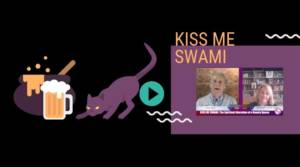




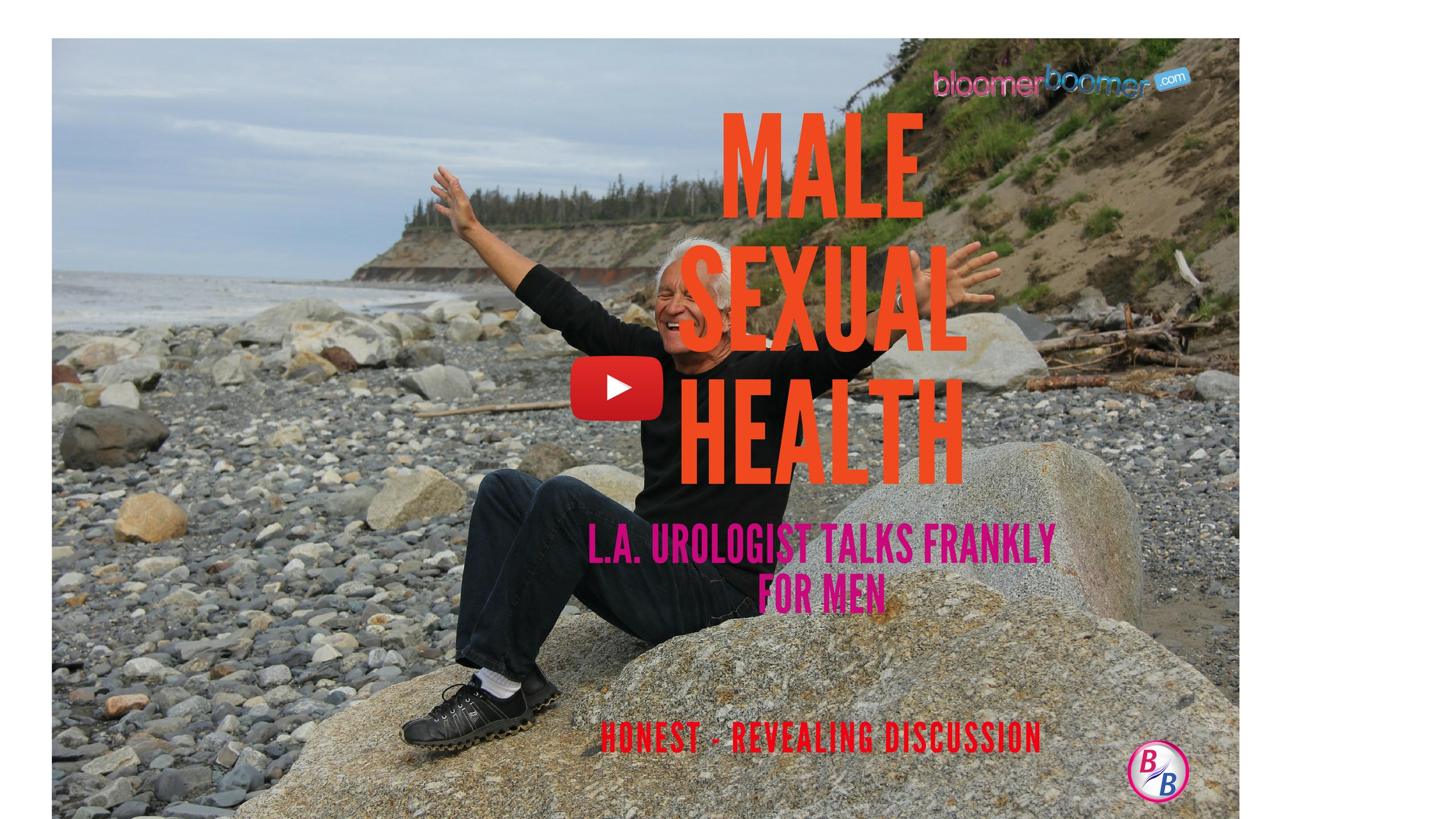






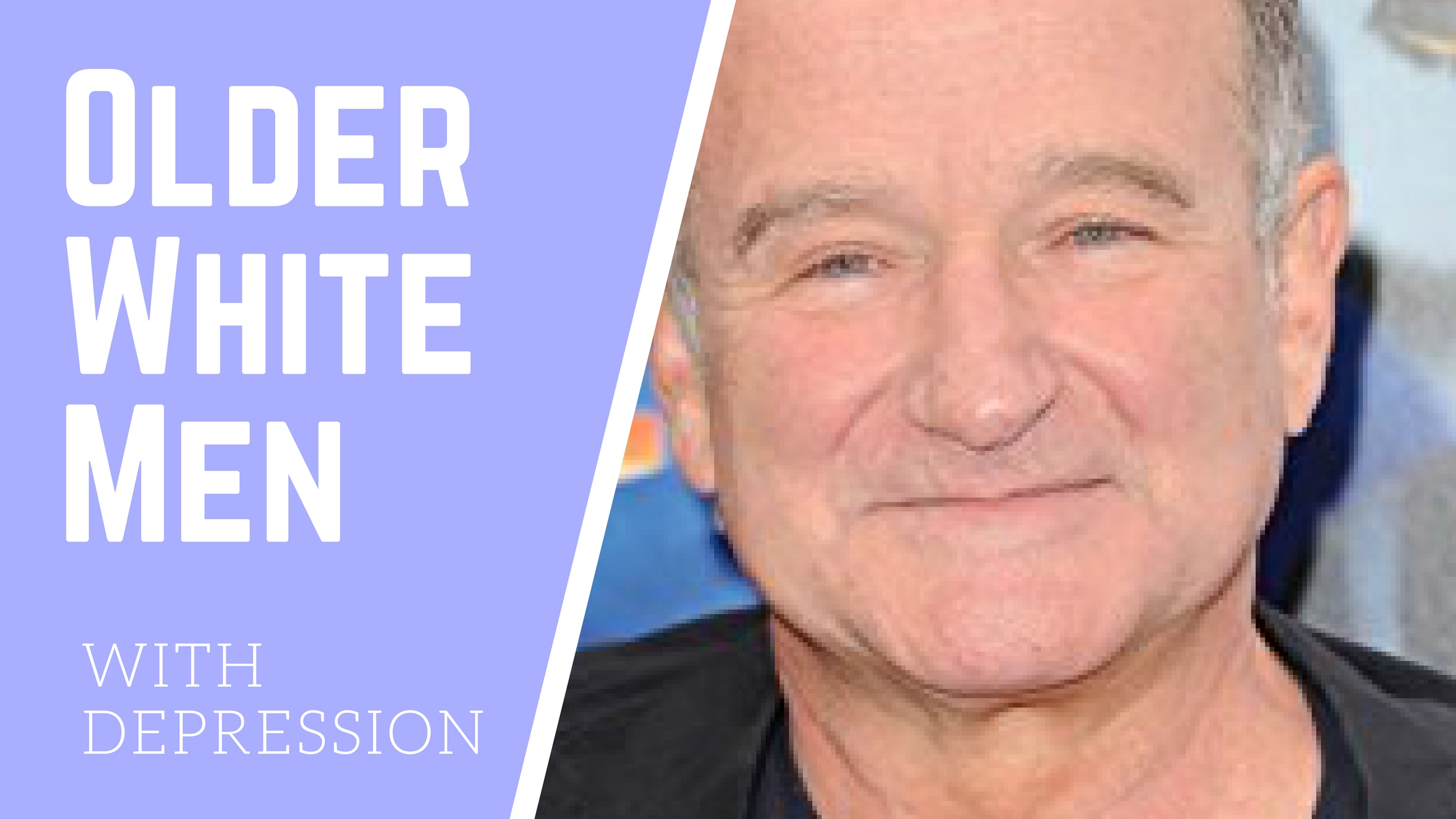


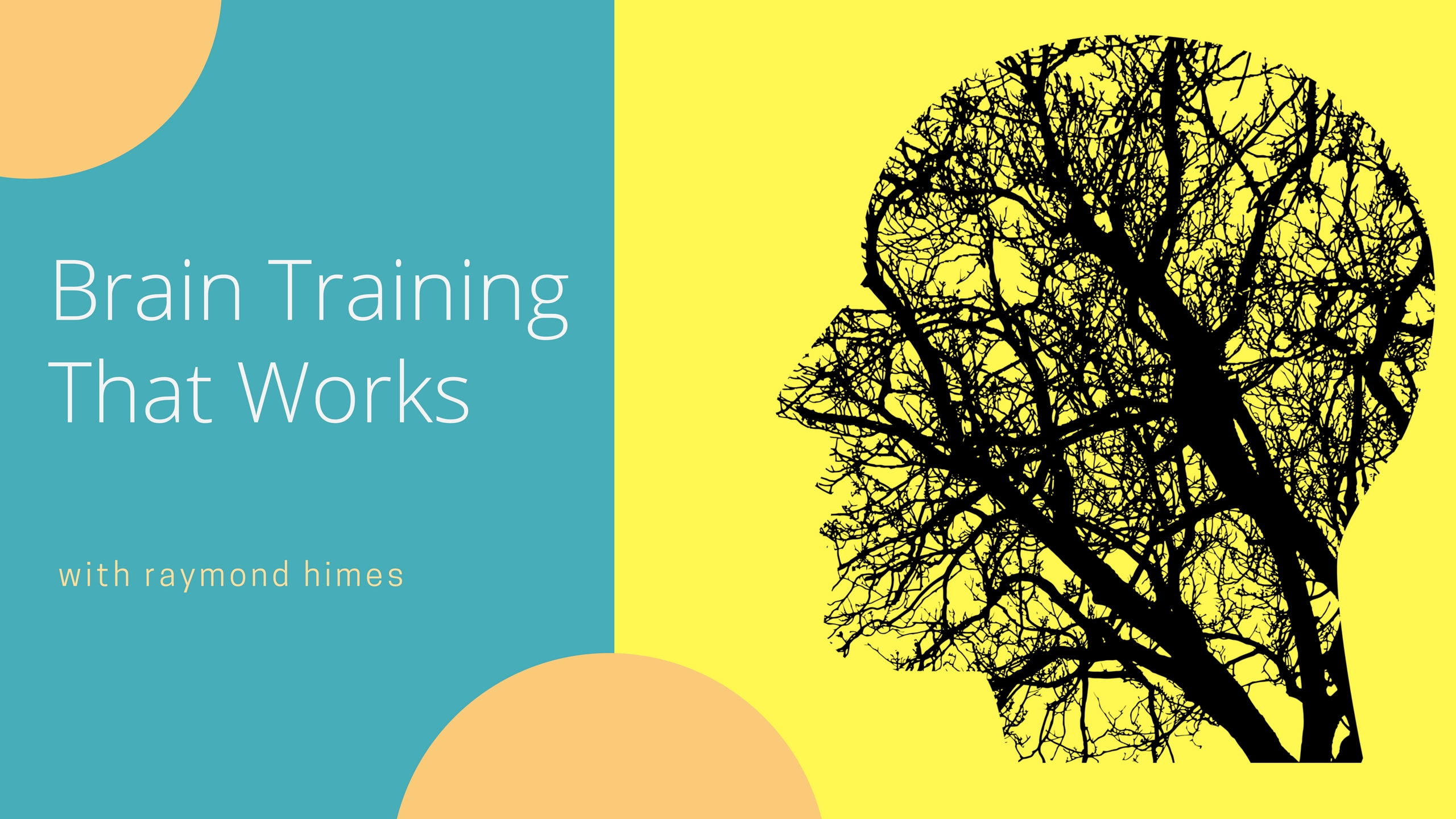









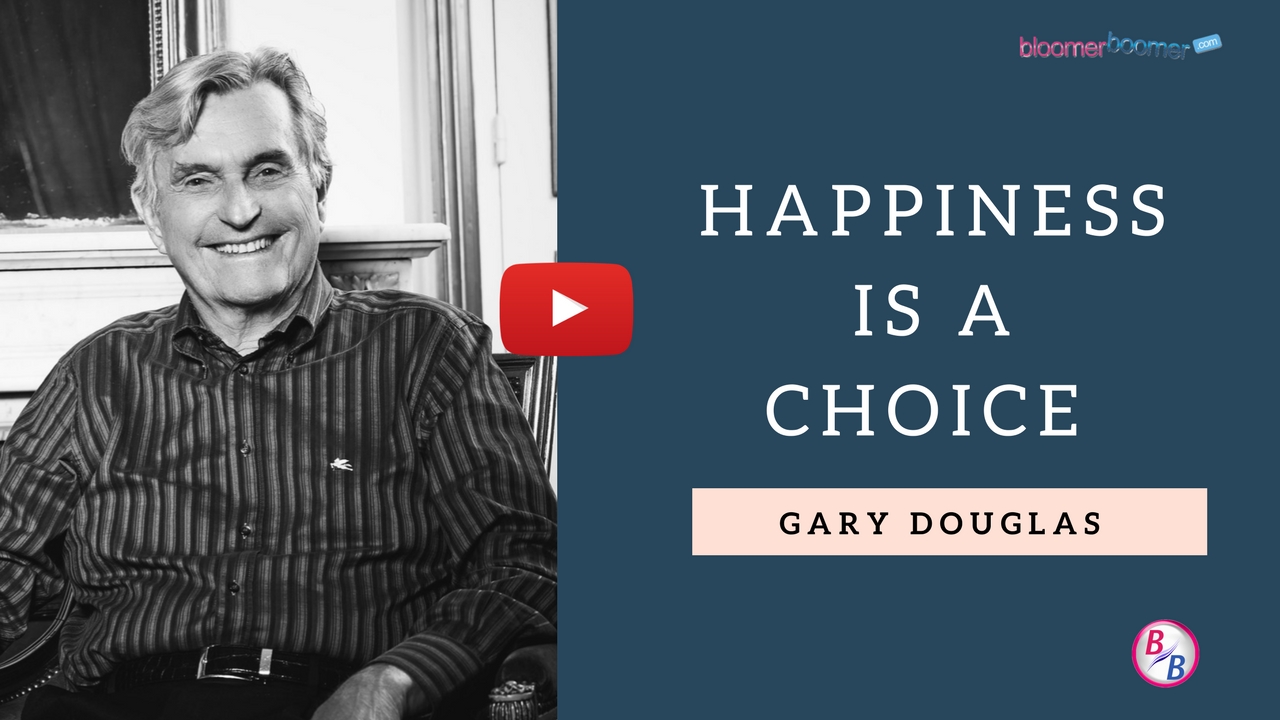


Comments (1)
Trackback URL | Comments RSS Feed
Sites That Link to this Post